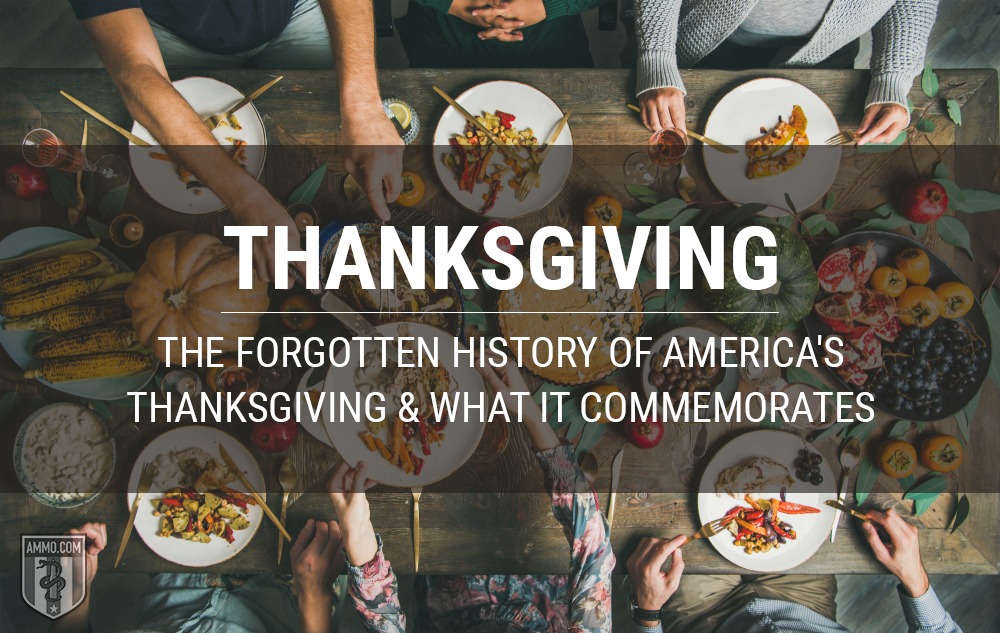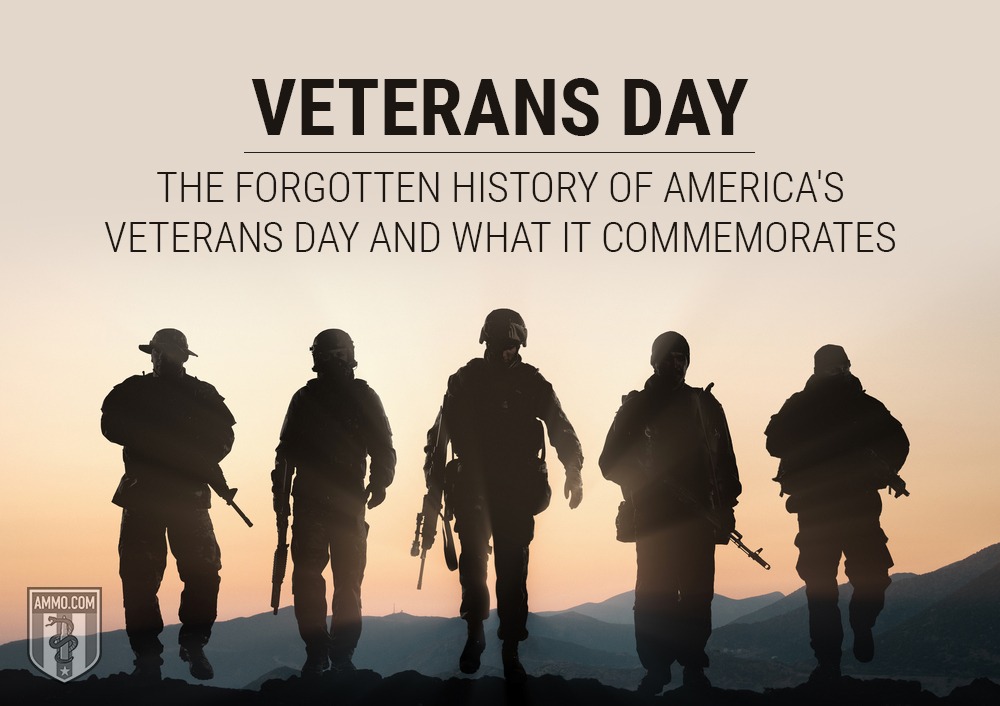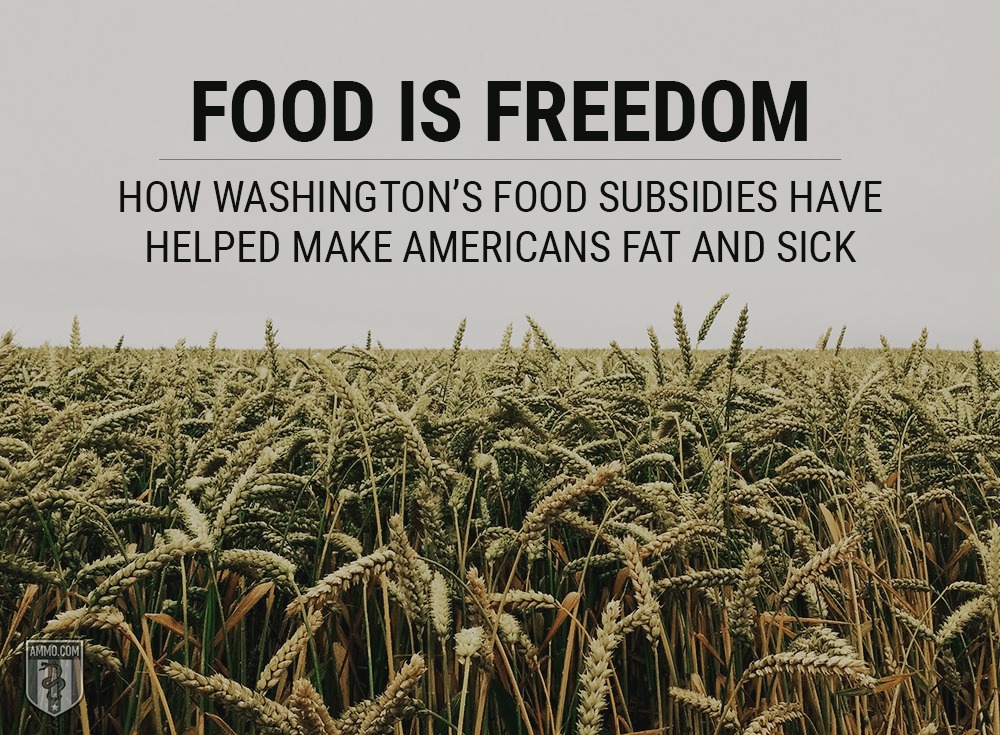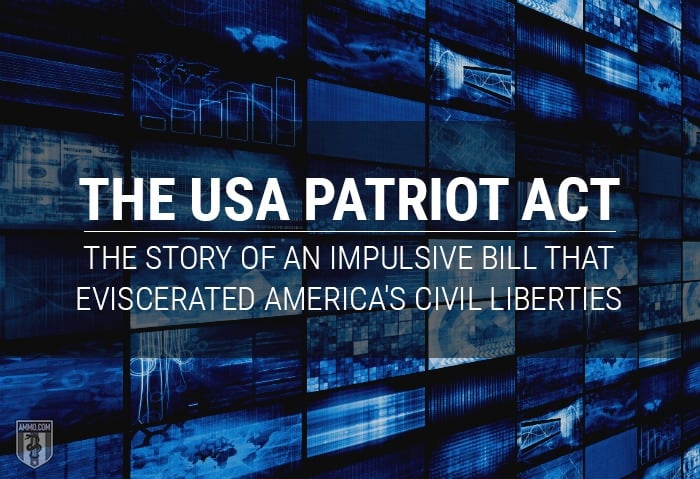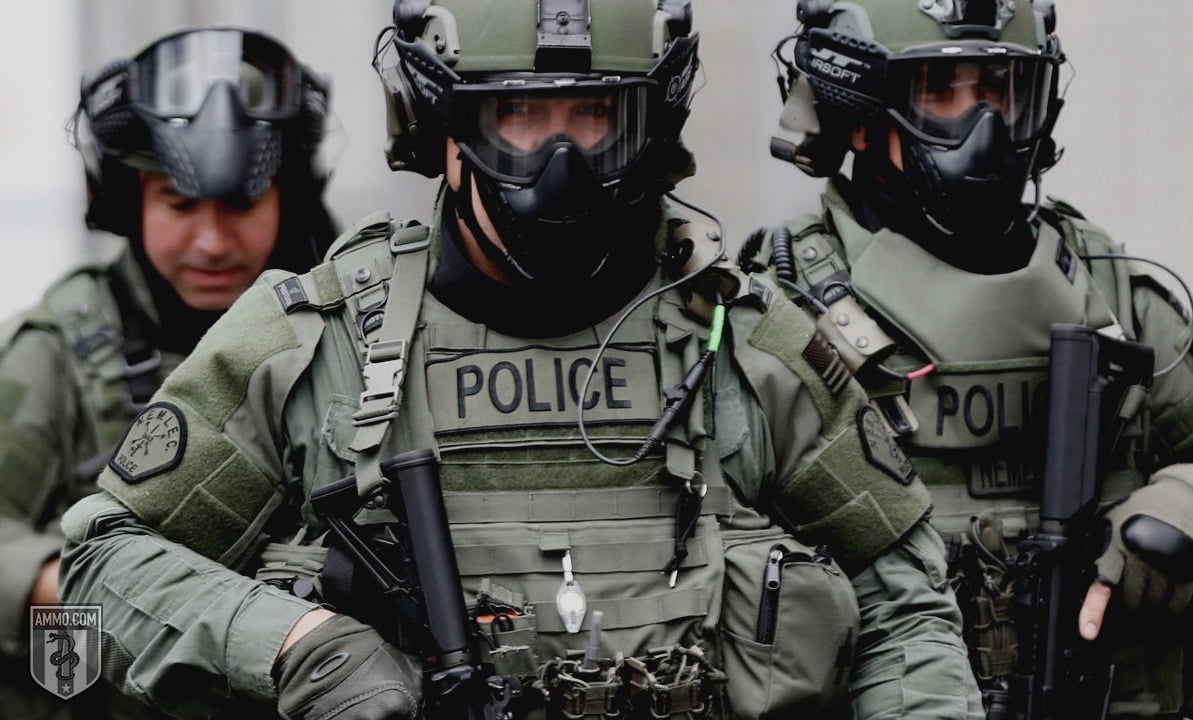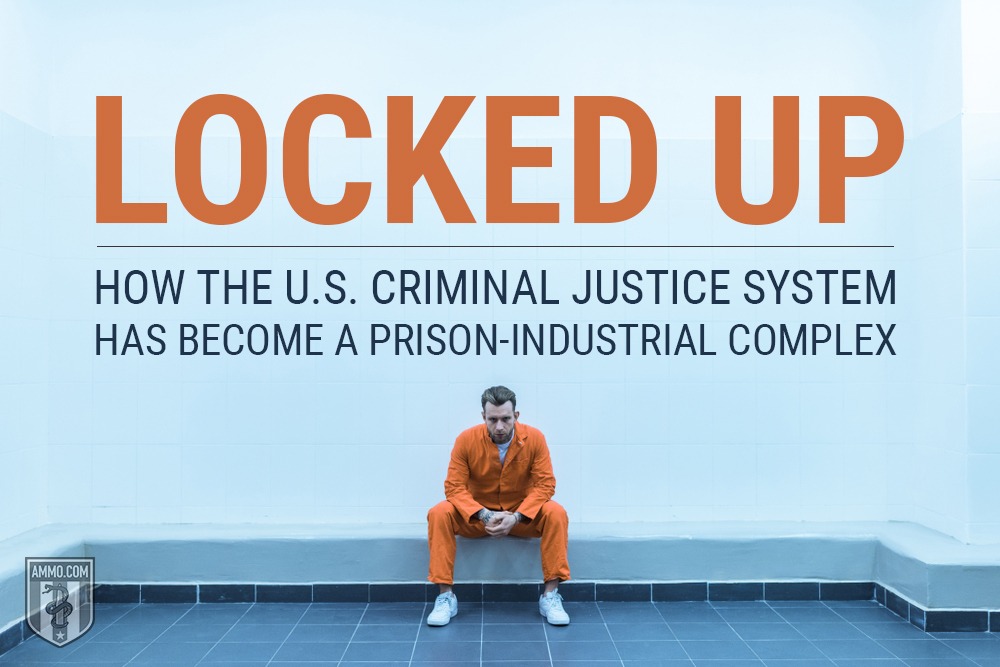Thanksgiving is the oldest national holiday in the United States. However, it’s observation is not a continuous presence in American history. While the celebration of Thanksgiving predates even the founding of the nation, it was proclaimed by George Washington, then ignored by Thomas Jefferson. From then on, it was sporadically observed until Abraham Lincoln, who once again introduced a National Day of Prayer and Thanksgiving to the United States.
Indeed, it was Lincoln who set the day as the last Thursday in November. President Franklin Delano Roosevelt changed the day between 1939 and 1941, which was highly controversial. The days were called “Franksgiving.” Roosevelt changed the date because retailers communicated to him through the Retail Dry Goods Association and the Secretary of Commerce, that the late date of Thanksgiving that year (the last day of November) might negatively impact retail sales. It was considered bad form to put up Christmas decorations or put on Christmas sales before Thanksgiving.


